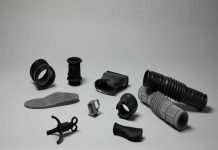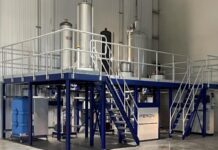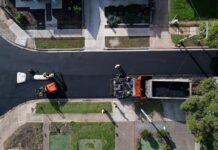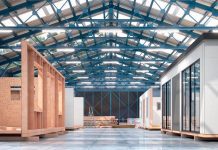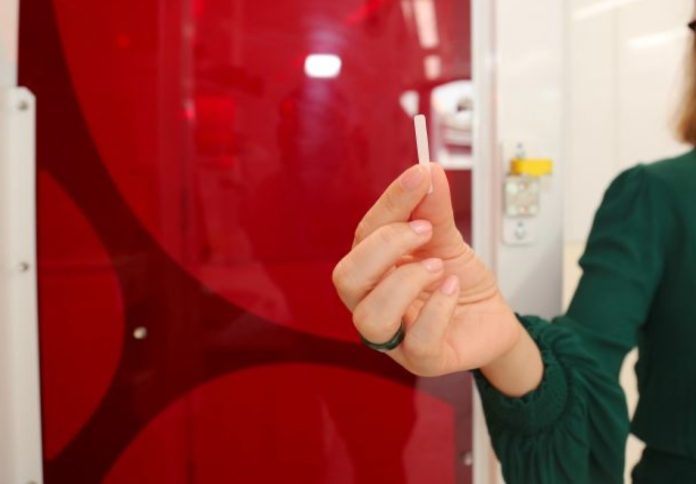
Engineers at James Cook University have developed a 3D-printed bendable ceramic material, capable of withstanding extreme flexing, which will now be tested in collaboration with Lockheed Martin to potentially revolutionise aerospace vehicle design.
Over the next year, the JCU team, led by Dr Elsa Antunes, will collaborate with Lockheed Martin to push the limits of this innovative material, the university said in a news release.
The ceramic material, designed by JCU engineers, boasts exceptional flexibility and durability. It can withstand more than 10,000 cycles of flexing without showing signs of fatigue, far exceeding the performance of traditional ceramics, which typically fail after just a few cycles.
According to Dr Antunes, this material is essential for the aerospace industry, particularly for vehicles designed to reach hypersonic speeds above Mach 5. “These are the ceramics that can take you above Mach 5, which is getting into hypersonic territory,” she said.
While ceramics are commonly used in aerospace for their ability to endure high temperatures, they are often brittle and prone to cracking.
JCU’s new material addresses this challenge by combining flexibility with the capacity to endure extreme temperatures, a key requirement for aerospace applications. The material’s flexural strength of around 1.7 gigapascals allows it to survive repeated stress without cracking.
Dr Antunes explained that, even when 80 per cent of its maximum load was applied, the material showed no signs of breaking after 10,000 cycles, a feat traditional ceramics cannot match. “A normal ceramic material available on the market can take only 20 per cent of that load before it will break,” she noted.
As part of the collaboration, the JCU team will 3D print ceramic parts designed for thermal management in aircraft and expose them to high temperatures and forces to assess their resilience.
Dr Antunes also highlighted the advantages of the 3D printing process, which enables the production of complex, intricate structures that traditional ceramic manufacturing methods cannot achieve.
“With additive manufacturing, you can make parts that have different thicknesses in different areas. You can create porous and intricate structures that are able to improve thermal management depending on the application,” she said.
Additionally, Dr Antunes expressed confidence that the partnership with Lockheed Martin would help establish JCU and northern Queensland as key players in the development of advanced aerospace technologies.
“Advanced manufacturing is a priority for the government, and our students are very motivated to work on projects like this,” she said.
The project is receiving additional support from the Queensland Defence Science Alliance, which is providing funding through its Collaborative Research Grants program.


